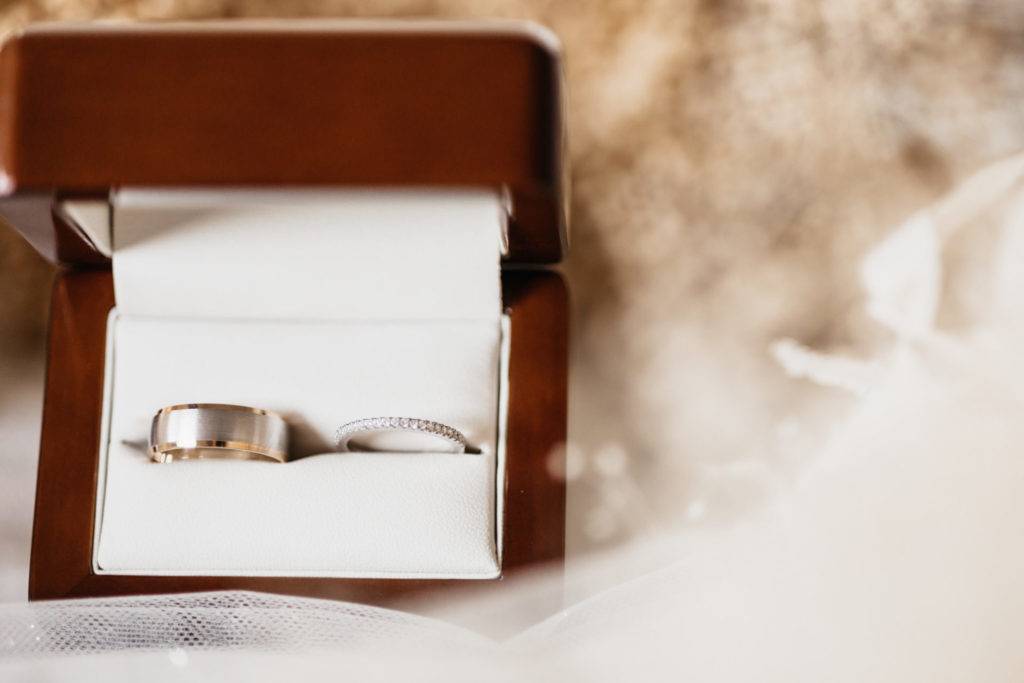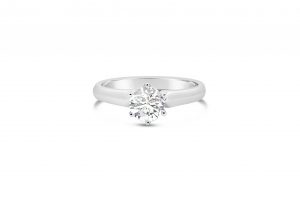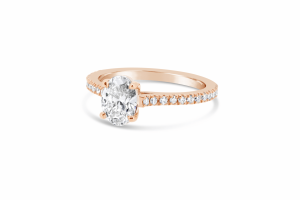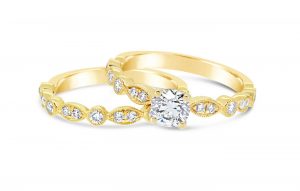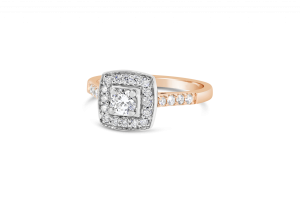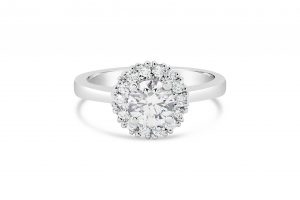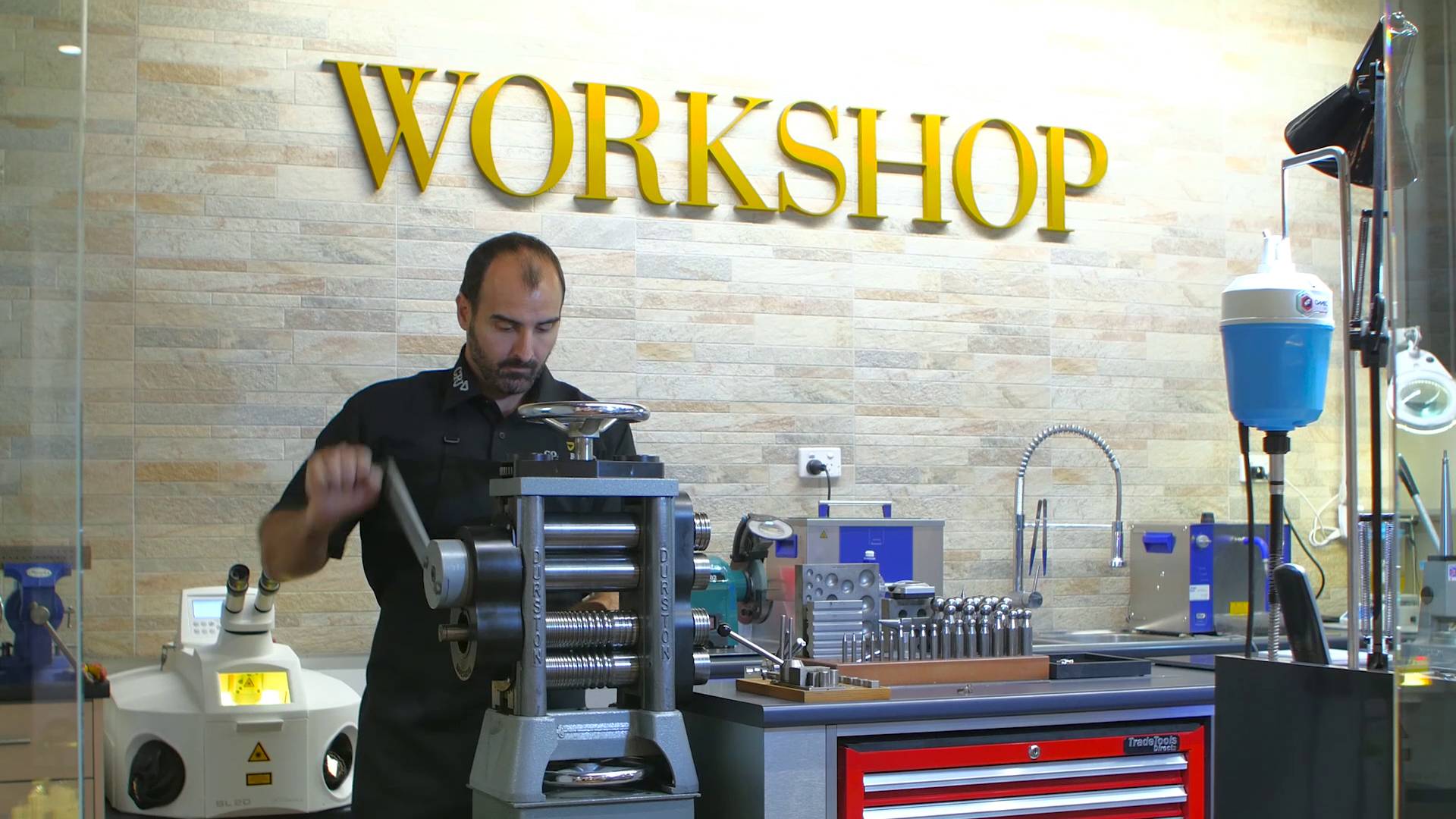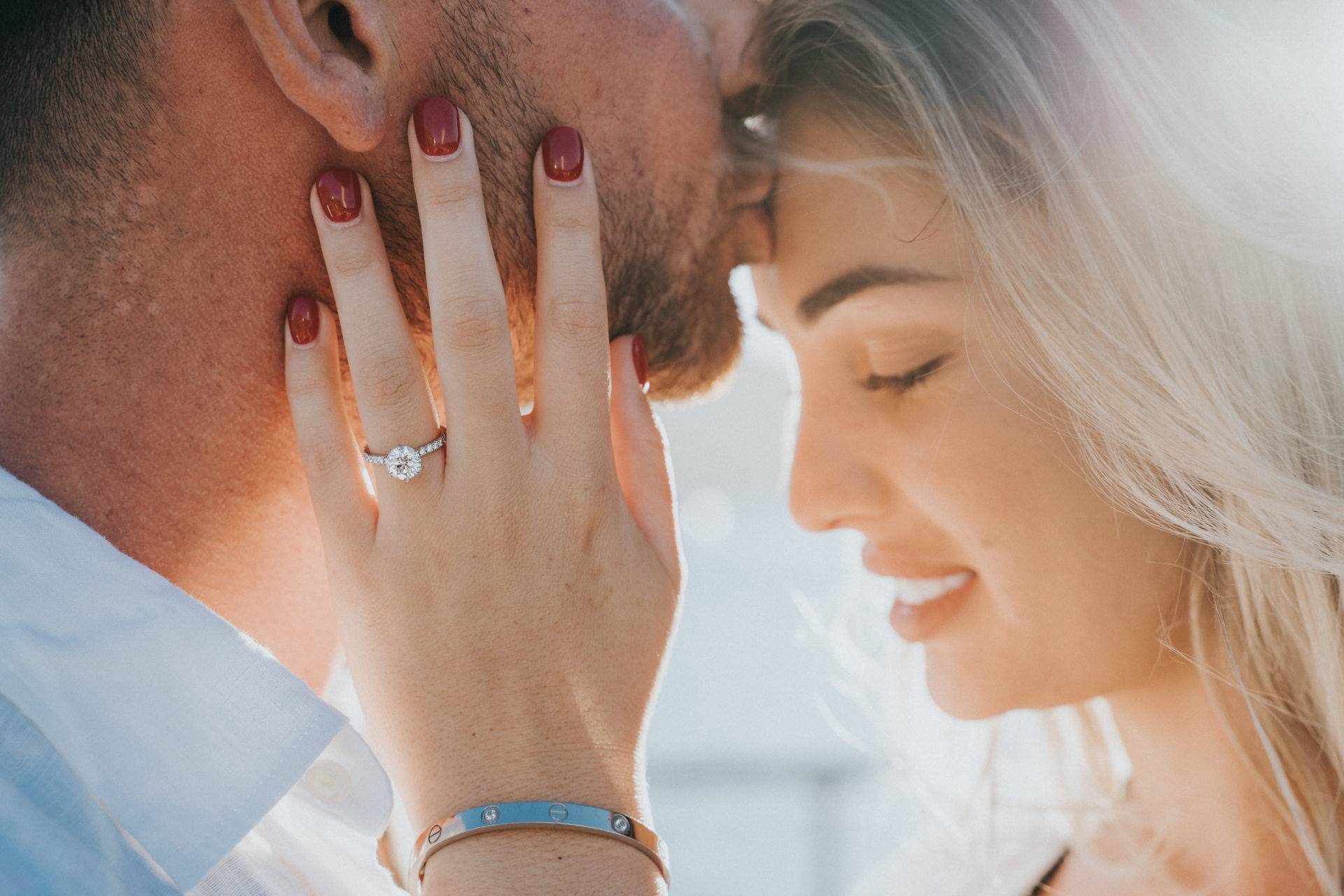Choosing The Right Metal For Your Engagement Ring
At Gold River Jewellers we pride ourselves on working with different metal types including rose, white and yellow gold, sterling silver and platinum. To help you decide on which metal to choose for your engagement ring have a read through our latest blog to discover which metal is right for you.
GOLD METALS
For centuries gold has been used in trade and jewellery coming in many forms of purity, colours and karats.
With the karat, purity and common hallmarks as follows;
24 Karat: 99.9% pure
22 Karat: 91.7% pure
18 Karat: 75% pure (stamped 750)
14 Karat: 58.3% pure
12 Karat: 50% pure
10 Karat: 41.7% pure
9 Karat: 37.5% pure (stamped 375)
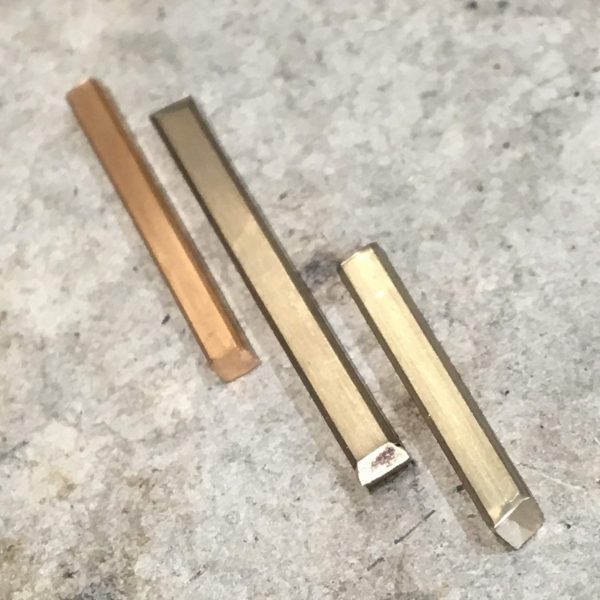
Gold metals at Gold River Jewellers
GOLD PURITY
The more purity of the gold/higher the karat the more expensive the gold will be, however the benefit is its durability. Now, it is a common misconception that the higher the karat the harder the metal, however it is quite the opposite. Gold in its pure form is extremely soft, therefore rather than being known as hard we refer to it as durable, as it can withstand being knocked around a lot better than 9 karat gold where a larger amount of alloys have been mixed in. Alloys are used in creating the karat and colour of the gold.
GOLD COLOURS
Yellow gold comes in various shades of yellow and is created by alloying copper, zinc and/or silver.
Rose gold comes in a large variety of shades depending on the type of alloys mixed. It can consist of various shades such as orange-pink, red-pink and blush pink. It is created by alloying yellow gold with mostly copper and a small amount of silver.
White gold is created by alloying yellow gold with palladium, zinc, and/or silver. Traditionally nickel was used in white gold however this caused quite a large amount of reactions, and has since been relatively unused. White gold is often selected due to being a less expensive alternative to platinum and is often plated with rhodium to give it a platinum like sheen. This is important to remember when considering white gold, as typically rhodium plating needs to be done every 6 to 12 months and can cost anywhere from $65.00 to $180.00 depending on where you go.
When selecting yellow or rose gold as your metal for your engagement ring we always recommend having any diamonds set in white gold or platinum as this enhances the colour and appearance of the diamond.
PLATINUM
This is often where the decision becomes hard as most people become uncertain as to whether they would like white gold or platinum. It is important to understand that white gold and platinum are quite different metals and when choosing either of the two it is essential to choose one that best suits your needs. Platinum is a slightly more expensive white metal, is used in its pure form, is extremely durable, naturally very white and does not need rhodium plating unlike white gold. Platinum is a dense metal and is heavier than gold.
We often recommend platinum when considering 18 karat white gold due to it being only slightly more expensive, with the durability out weighing the difference in price.
CAST VS FORGED
As mentioned earlier, the engagement ring will be either cast metal or forged metal. When referring to cast vs forged we often use the terminology of comparing chipboard to timber.
Casting is the process where metal is heated to the point of molten, and is then poured into a mould or vessel of a created design/shape. Casting is used for more complicated and intricate designs which are unsuitable for the forging process. It is generally a less expensive process, however it is important to remember that white gold tends to be more yellow in colour when used in cast.
Forging is the process of the jeweller manipulating the metal through stretching, hammering, rolling and pulling, which causes the metal to change shape whilst in a solid state. It is largely stronger than cast set and is more reliable than casts due to the grain of the metal being altered. Forging tightens the grain structure through manipulating the metal, which therefore makes the metal stronger and more sustainable.
If you need more information or want to chat about which metal suits you best get in touch with us – chat with the team now –
